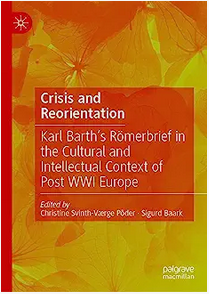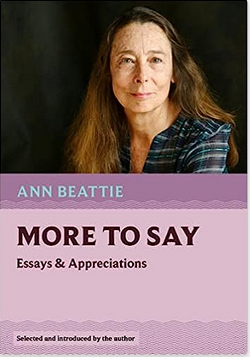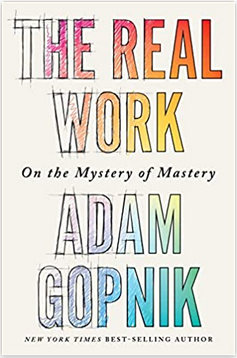James Schiff’s long-awaited Selected Letters of John Updike will be released on Oct. 21, 2025, with a reading-booksigning-publication party scheduled that evening at the Salmagundi Club in New York City, where Schiff is in town to convene with other members of The John Updike Society for a joint Roth-Updike Conference with the Philip Roth Society.
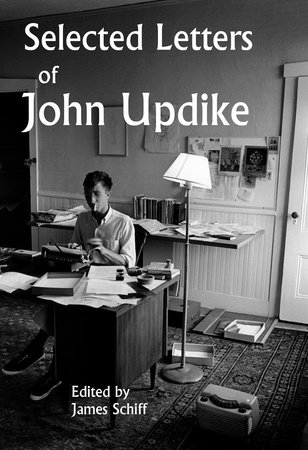 The volume of Updike’s selected letters, decades in the making and years in the gathering, runs a whopping 912 pages and is published by Alfred A. Knopf, Updike’s publisher.
The volume of Updike’s selected letters, decades in the making and years in the gathering, runs a whopping 912 pages and is published by Alfred A. Knopf, Updike’s publisher.
Early reviews have been positive . . . and insightful.
Kirkus Reviews
“Missives from the mountain. Updike . . . wrote to everyone, from famous writers and politicians to librarians and family members. ‘I can’t believe that you’re cutting ‘Spider-Man,’ he wrote in a letter to the editor of the Boston Globe in 1994; after the letter, the Globe reinstated the comic strip. . . . In 1960, he wrote to publisher Alfred A. Knopf that his novels sought to present an image of an averagely physical young American.’ He resisted censorship, feeling that to cave to it would be ‘to funk my job.’ At times, though, he can be dead-on in his judgments: ‘I feel in general that literary history is too much modelled on biology when it is really more like geology. There is not much evolution; there is a great deal of accidental thrusts and upheavals and whatnot and when it’s all over a map is drawn.”
Read the entire review
WSJ – The Wall Street Journal, reviewed by Thomas Mallon
“In ‘Selected Letters of John Updike,’ a new and predictably enormous collection of Updike’s correspondence, we see all his lovers, spouses, neighbors and children as persons, and we experience Updike himself with even more candor than he displayed in his first-person essays. . . . The letters illuminate the consistency of Updike’s fiction aesthetic. Remarkably, at 19, he wrote of the need for ‘an author who can see America as clearly as Sinclair Lewis, but, unlike Lewis, is willing to take it to his bosom.’ He would maintain, decade after decade, that style ‘is nothing less than the writer’s habits of mind—it is not a kind of paint applied afterwards, but the very germ of the thing.”
Read the entire review (subscription required)
The New York Times, reviewed by Dwight Garner
“Schiff estimates Updike typed some 25,000 letters and postcards over the course of his life. . . . Some 700 of them have been resurfaced by the indefatigable Schiff, who teaches at the University of Cincinnati and is the founding editor of The John Updike Review. Despite Updike’s distance-creating geniality, what an enormous and beneficent bounty these letters are for anyone who cares about this country’s literature during the last half century.”
Read the entire review (subscription required)

 John Updike Society president James Plath spent two weeks as a fall 2023 Quarry Farm Fellow working on an essay detailing how Twain modeled being a celebrity writer for both Hemingway and Updike. Plath conducted that research, but also felt compelled to write poems about the house and its inhabitants. Not surprisingly, Updike found his way into one of the poems:
John Updike Society president James Plath spent two weeks as a fall 2023 Quarry Farm Fellow working on an essay detailing how Twain modeled being a celebrity writer for both Hemingway and Updike. Plath conducted that research, but also felt compelled to write poems about the house and its inhabitants. Not surprisingly, Updike found his way into one of the poems: Nigel Beale, of The Biblio File podcast, posted an
Nigel Beale, of The Biblio File podcast, posted an  For this entry we need to thank writer
For this entry we need to thank writer 
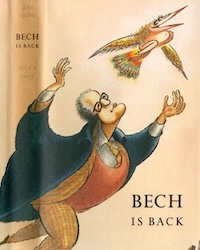 Coming in at #2 was Donald Sassoon’s Becoming Mona Lisa, which traces the path to superstardom of Leonardo da Vinci’s most famous subject/painting—a study that Brown said “suggests that, contrary to popular and scholarly belief, posterity is a peculiarly fickle thing.”
Coming in at #2 was Donald Sassoon’s Becoming Mona Lisa, which traces the path to superstardom of Leonardo da Vinci’s most famous subject/painting—a study that Brown said “suggests that, contrary to popular and scholarly belief, posterity is a peculiarly fickle thing.”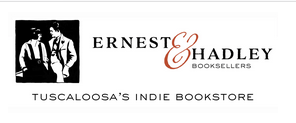 Two stories that Love plans on teaching are “Museums and Women” and “Avec La Bebe-Sitter,” but he is asking members who have advice on additional stories or have useful knowledge about connections between Updike and France, French writers, French art, etc., to email him (cslove@ua.edu). Since many society members tend to like Hemingway as well, Love added that his new non-fiction book, Crimson Code: The Price of Success, will launch at an
Two stories that Love plans on teaching are “Museums and Women” and “Avec La Bebe-Sitter,” but he is asking members who have advice on additional stories or have useful knowledge about connections between Updike and France, French writers, French art, etc., to email him (cslove@ua.edu). Since many society members tend to like Hemingway as well, Love added that his new non-fiction book, Crimson Code: The Price of Success, will launch at an 